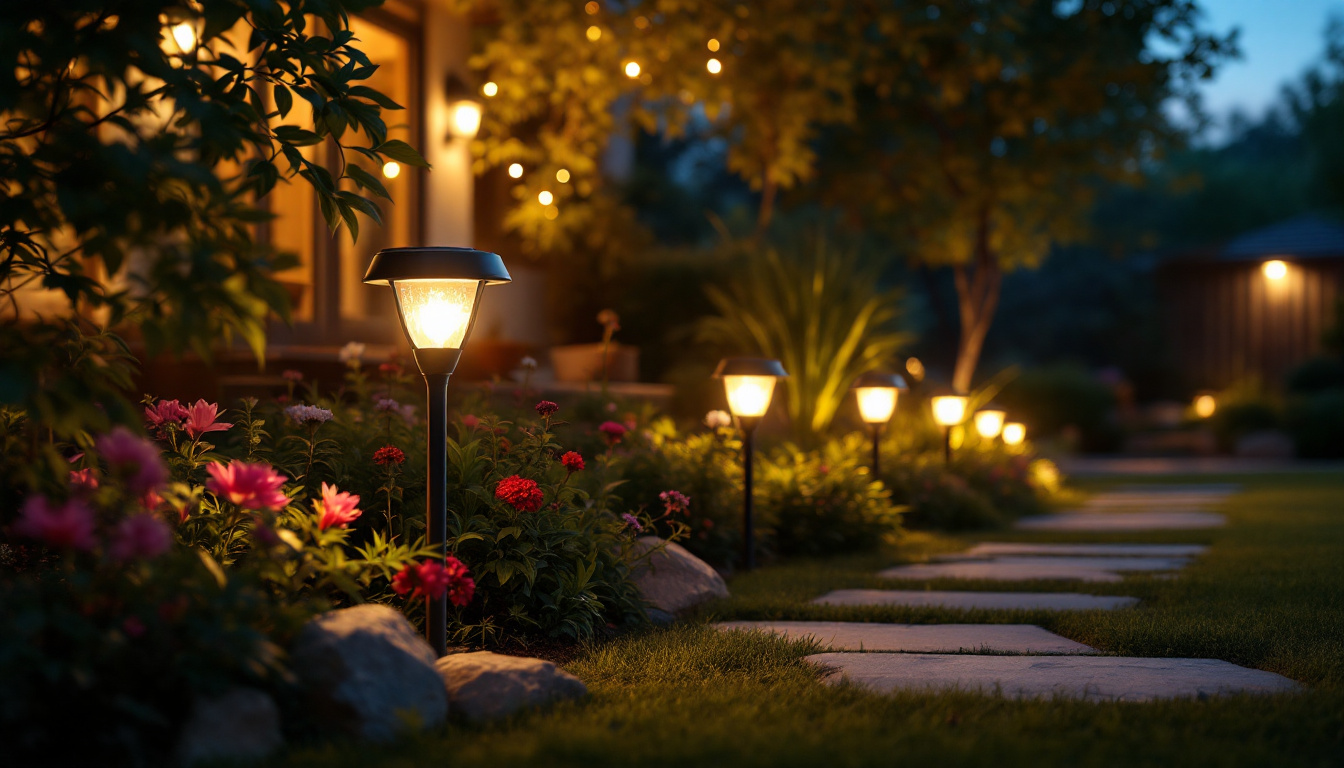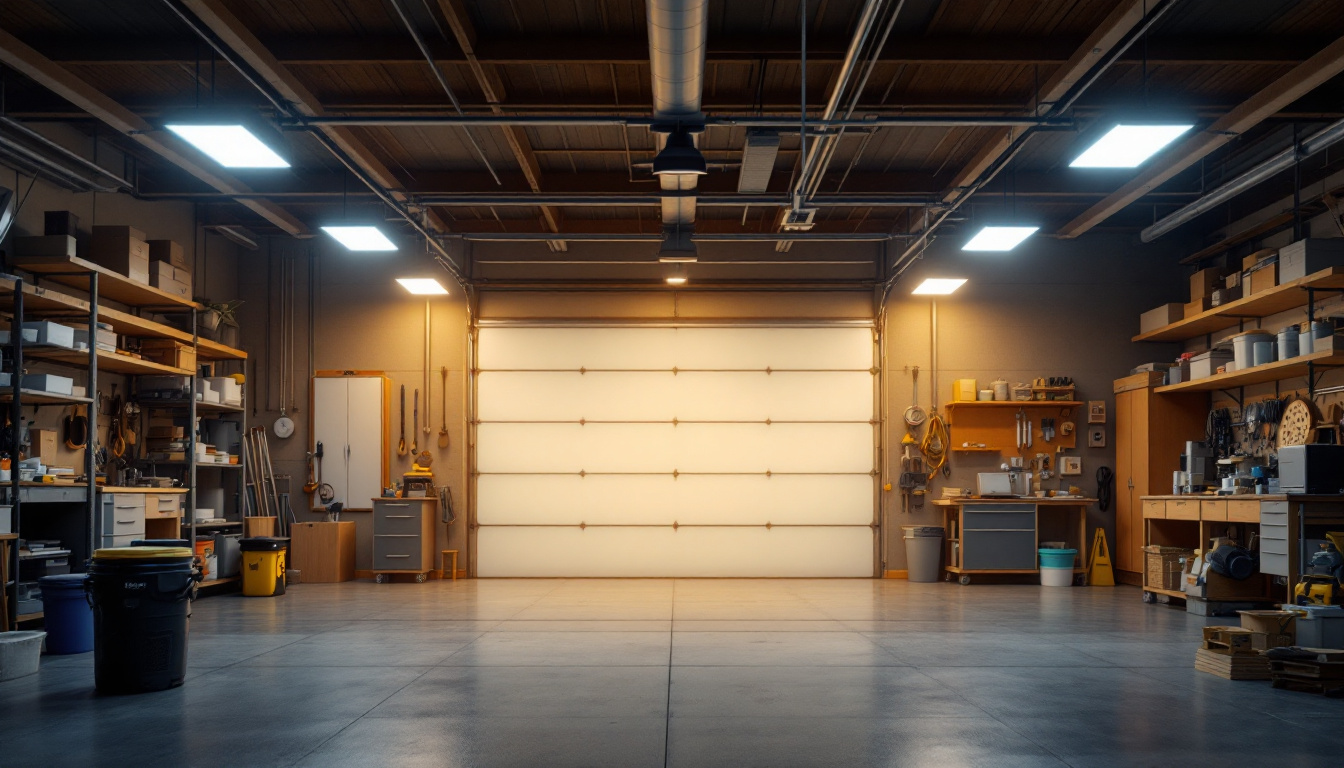

In the world of lighting design and installation, understanding energy efficiency is paramount. Lighting contractors play a crucial role in ensuring that both residential and commercial spaces are not only aesthetically pleasing but also energy-efficient. One of the simplest yet most effective tools at their disposal is the light switch. This article explores how light switches can be utilized effectively to save energy, the compliance standards that contractors must adhere to, and essential knowledge that can enhance their expertise in the field.
energy-efficient lighting is not just a trend; it is a necessity in today’s world. With the increasing cost of energy and the growing concern for environmental sustainability, lighting contractors must prioritize energy-saving solutions in their projects. The choices made during the design and installation phases can significantly impact energy consumption.
By utilizing energy-efficient lighting systems, contractors can help clients reduce their electricity bills and minimize their carbon footprint. This not only benefits the environment but also enhances the overall value of the property. Understanding the role of light switches in this equation is essential for contractors aiming to provide top-notch service.
Light switches are often taken for granted, yet they serve as the primary control mechanism for lighting systems. A basic switch simply turns lights on and off, but modern technology has introduced a range of options that can contribute to energy savings.
For instance, dimmer switches allow users to adjust the brightness of the lights, which can lead to significant energy savings. By reducing the light output when full brightness is unnecessary, dimmers can extend the lifespan of light bulbs and decrease energy consumption. Additionally, the use of LED bulbs in conjunction with dimmers can maximize these benefits, as LEDs are inherently more efficient than traditional incandescent bulbs, providing the same level of illumination for a fraction of the energy cost.
There are various types of light switches available, each designed to meet specific needs and preferences. Understanding these options can empower contractors to make informed recommendations to their clients.
In addition to these common types, there are also specialty switches designed for specific applications. For example, three-way switches allow control of a single light fixture from two different locations, which is particularly useful in larger rooms or hallways. Furthermore, there are programmable timers that can be set to turn lights on or off at predetermined times, providing convenience and further energy savings by ensuring lights are not left on unnecessarily. These advancements in switch technology not only enhance user experience but also align with the growing trend toward smart homes, where energy efficiency is a key consideration.
Moreover, the integration of renewable energy sources, such as solar panels, with advanced lighting controls can create a synergistic effect. By utilizing smart switches that can communicate with solar energy systems, homeowners can optimize their energy usage based on real-time data, ensuring that they are maximizing the benefits of both energy efficiency and sustainability. This holistic approach not only reduces reliance on grid electricity but also fosters a more environmentally conscious lifestyle, making it imperative for contractors to stay informed about the latest technologies and trends in energy-efficient lighting solutions.
Compliance with energy efficiency standards is critical for lighting contractors. Various regulations govern the installation and operation of lighting systems, and staying informed about these standards is essential for maintaining credibility and ensuring client satisfaction.
Familiarity with local, state, and federal regulations can help contractors avoid potential fines and ensure that their projects meet the required guidelines. Compliance not only enhances the quality of the work but also contributes to the overall reputation of the contractor.
Energy codes are designed to promote energy efficiency in buildings. These codes often specify minimum efficiency levels for lighting systems, including the types of fixtures and controls that can be used. Contractors must be well-versed in these codes to ensure that their installations meet the necessary requirements.
For example, many energy codes require the use of energy-efficient fixtures, such as LED lights, and mandate the installation of controls that optimize energy use. Understanding these codes allows contractors to provide compliant solutions that benefit both their clients and the environment.
Many regions offer incentives for energy-efficient installations, including tax credits, rebates, and grants. These incentives can significantly reduce the overall cost of lighting projects, making them more attractive to clients.
Lighting contractors should stay informed about available incentives in their area and communicate these opportunities to their clients. This not only enhances the value of the services provided but also encourages clients to invest in energy-efficient solutions.
Implementing effective strategies for light switch usage can lead to significant energy savings. Contractors can educate clients on how to maximize their lighting systems to ensure optimal energy efficiency.
One of the simplest ways to save energy is by educating clients on the proper use of light switches. Many people are unaware of how their habits can impact energy consumption. Contractors can provide guidance on when to use dimmers, how to utilize occupancy sensors effectively, and the importance of turning off lights when not in use.
By fostering awareness and encouraging responsible usage, contractors can help clients make informed decisions that lead to energy savings. This not only benefits the client but also enhances the contractor’s reputation as a knowledgeable professional.
Advanced lighting controls, such as smart switches and occupancy sensors, can significantly enhance energy efficiency. Contractors should consider recommending these technologies to clients looking to upgrade their lighting systems.
Smart switches allow users to control their lights remotely, providing convenience and energy savings. Occupancy sensors ensure that lights are only on when needed, eliminating wasteful energy consumption. By integrating these technologies, contractors can offer clients innovative solutions that align with modern energy-saving practices.
Regular maintenance of lighting systems is essential for ensuring continued energy efficiency. Contractors should advise clients on the importance of checking and replacing light bulbs, cleaning fixtures, and ensuring that switches and controls are functioning correctly.
Additionally, as technology evolves, upgrading to more efficient lighting solutions can lead to further energy savings. Contractors can play a pivotal role in guiding clients through these upgrades, ensuring that their lighting systems remain compliant and energy-efficient.
Lighting design is a critical aspect of energy efficiency. A well-thought-out design can optimize the use of natural light, reduce reliance on artificial lighting, and enhance the overall aesthetic of a space.
Incorporating natural light into a lighting design can significantly reduce energy consumption. Contractors should consider the orientation of windows, the use of skylights, and the placement of reflective surfaces to maximize daylighting.
By designing spaces that take advantage of natural light, contractors can help clients reduce their dependence on artificial lighting, leading to substantial energy savings. This approach not only benefits the environment but also creates a more pleasant living or working environment.
Layered lighting involves using multiple types of lighting—ambient, task, and accent—to create a balanced and functional lighting scheme. This technique allows for greater flexibility in lighting control, enabling users to adjust the lighting according to their needs.
By implementing layered lighting techniques, contractors can help clients reduce energy consumption by providing options for lower light levels when full brightness is not necessary. This approach not only saves energy but also enhances the overall experience of the space.
Examining successful energy-saving projects can provide valuable insights for lighting contractors. These case studies highlight the effective use of light switches and compliance with energy standards, showcasing the benefits of energy-efficient lighting solutions.
In a recent project involving a commercial office space, a lighting contractor implemented a comprehensive lighting upgrade. The project included the installation of LED fixtures, smart switches, and occupancy sensors throughout the building.
By educating the client on the proper use of these technologies, the contractor ensured that the office space operated efficiently. As a result, the client reported a significant reduction in energy costs and an improved work environment for employees.
A residential project involved retrofitting an older home with modern lighting solutions. The contractor recommended the installation of dimmer switches and smart lighting controls, allowing the homeowners to customize their lighting based on their activities.
This upgrade not only enhanced the aesthetic appeal of the home but also led to a noticeable decrease in energy consumption. The homeowners expressed satisfaction with their new lighting system, highlighting the importance of contractor guidance in achieving energy efficiency.
Lighting contractors have a unique opportunity to make a significant impact on energy efficiency through the effective use of light switches and compliance with energy standards. By understanding the functionality of various switches, staying informed about regulations, and implementing energy-saving strategies, contractors can enhance their service offerings and contribute to a more sustainable future.
As the demand for energy-efficient solutions continues to grow, contractors who prioritize education, innovation, and compliance will position themselves as leaders in the industry. Embracing these principles not only benefits clients but also fosters a commitment to environmental stewardship, ensuring a brighter and more sustainable future for all.
Ready to elevate your lighting projects with energy-efficient solutions that don’t compromise on quality or cost? Look no further than LumenWholesale. We provide contractors with the highest quality, spec-grade lighting products at unbeatable wholesale prices. Our extensive selection is designed to meet the most rigorous industry standards, ensuring you deliver reliable and high-performance lighting for every project. Plus, with free shipping on bulk orders, you can enjoy premium lighting at the best value — all without hidden fees or compromises. Make the smart switch to LumenWholesale and experience the ideal combination of quality, affordability, and convenience. Start browsing our selection today at Wholesale Lighting at the Best Value.

Discover the transformative impact of movement sensor switches on the lighting industry.

Discover the essential insights lighting contractors need about vapor tight lighting.

Discover expert insights from leading lighting contractors on the benefits and installation tips for solar light outdoor solutions.

Discover how 10 pack linkable shop lights are revolutionizing the lighting industry with their versatility, energy efficiency, and ease of installation.
Get notified when NEW deals are released.
Optimize your budget with wholesale discounts.
Only top-quality, specification-grade lighting products.
No additional costs at checkout - what you see is what you pay.
We understand the unique needs of contractors.